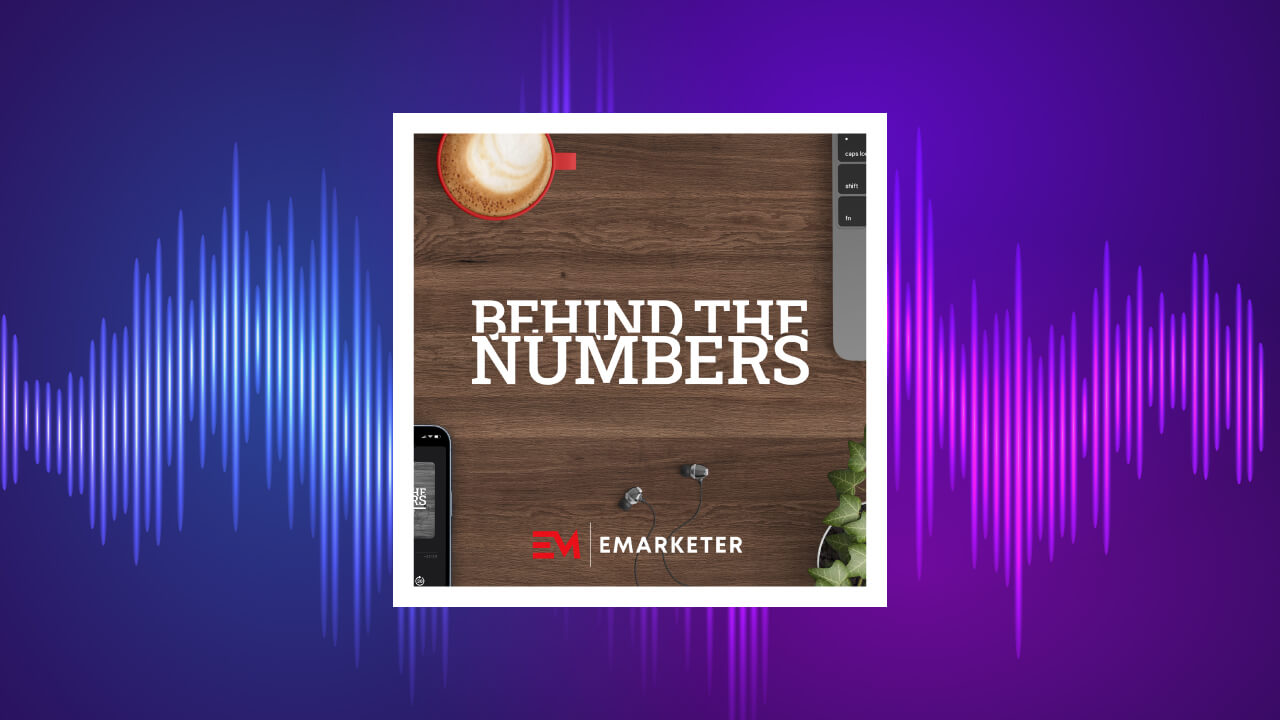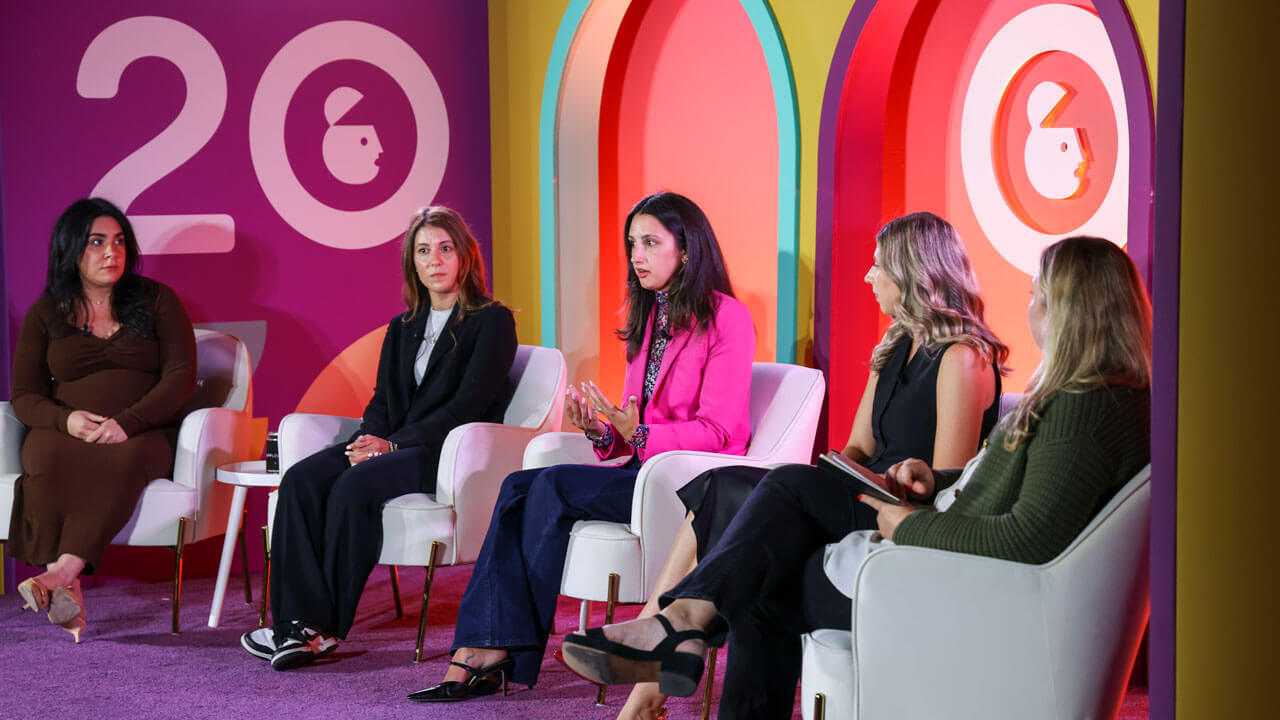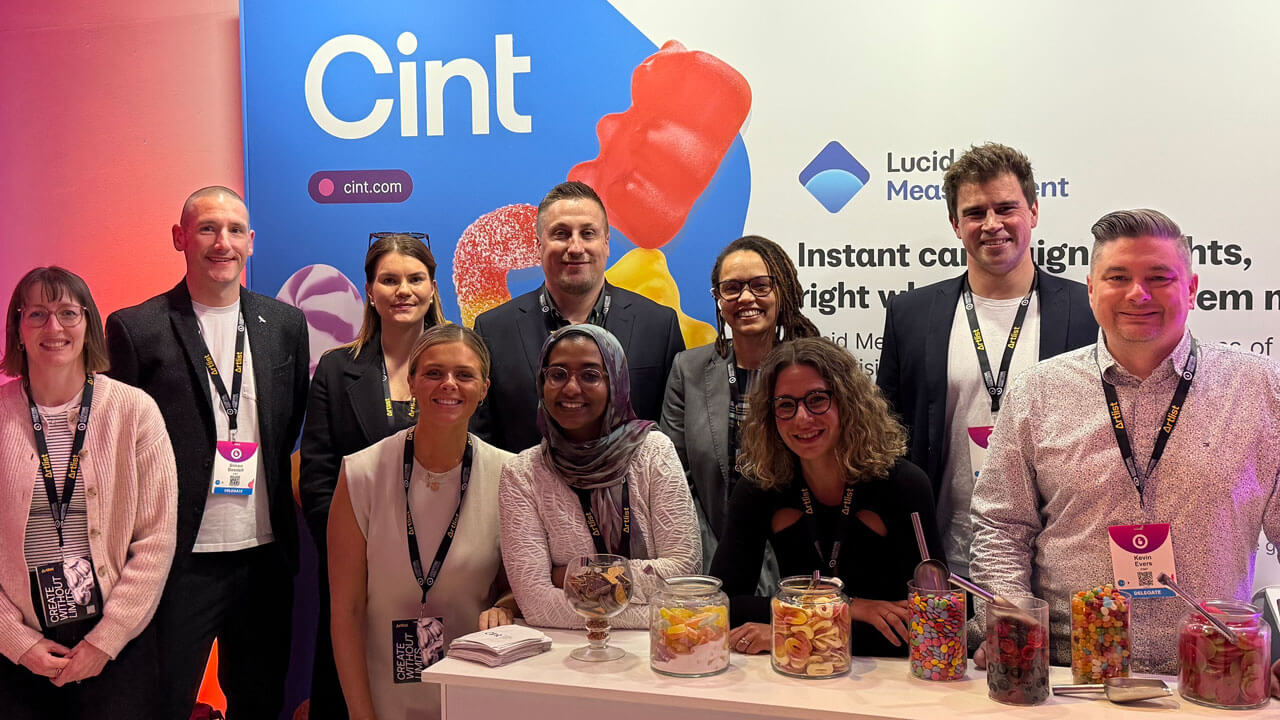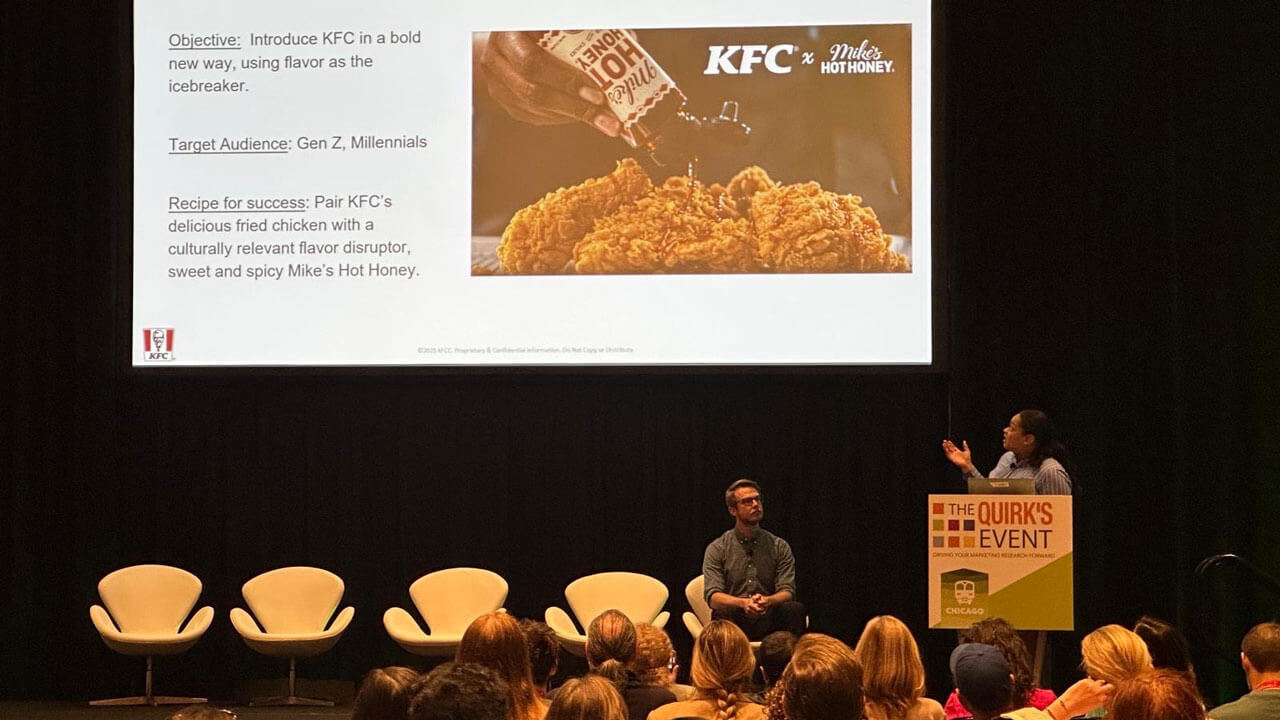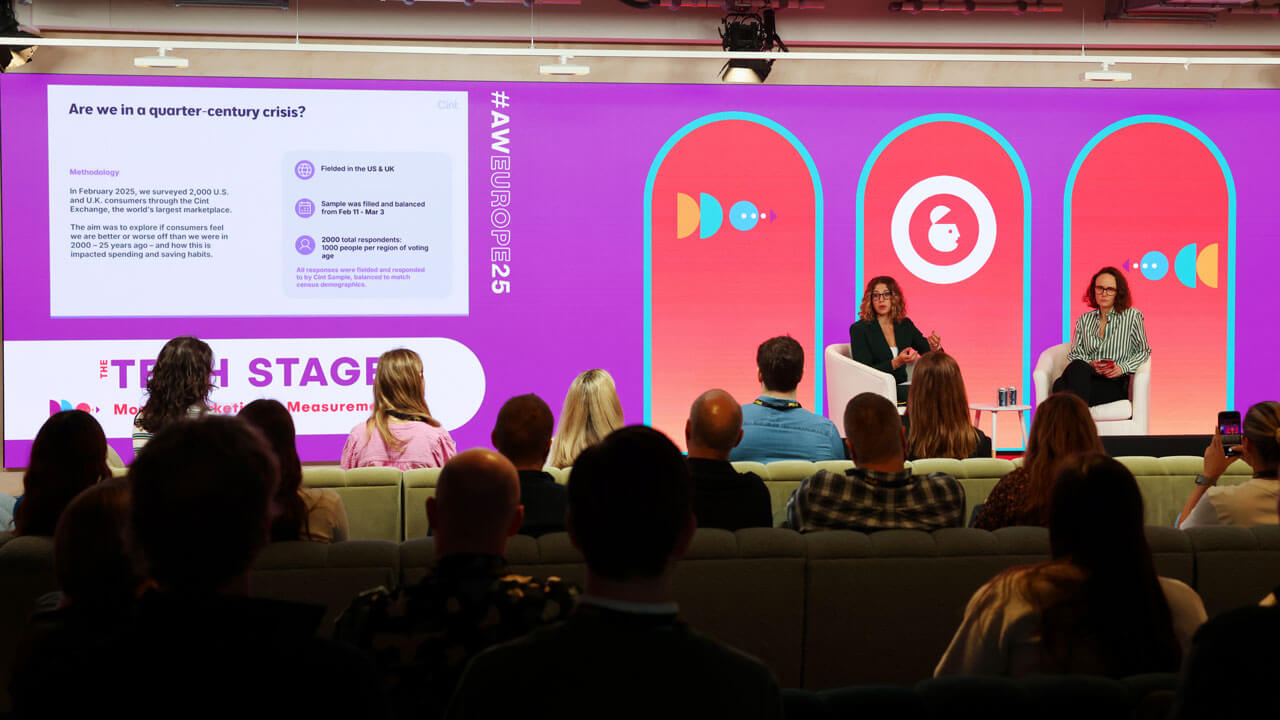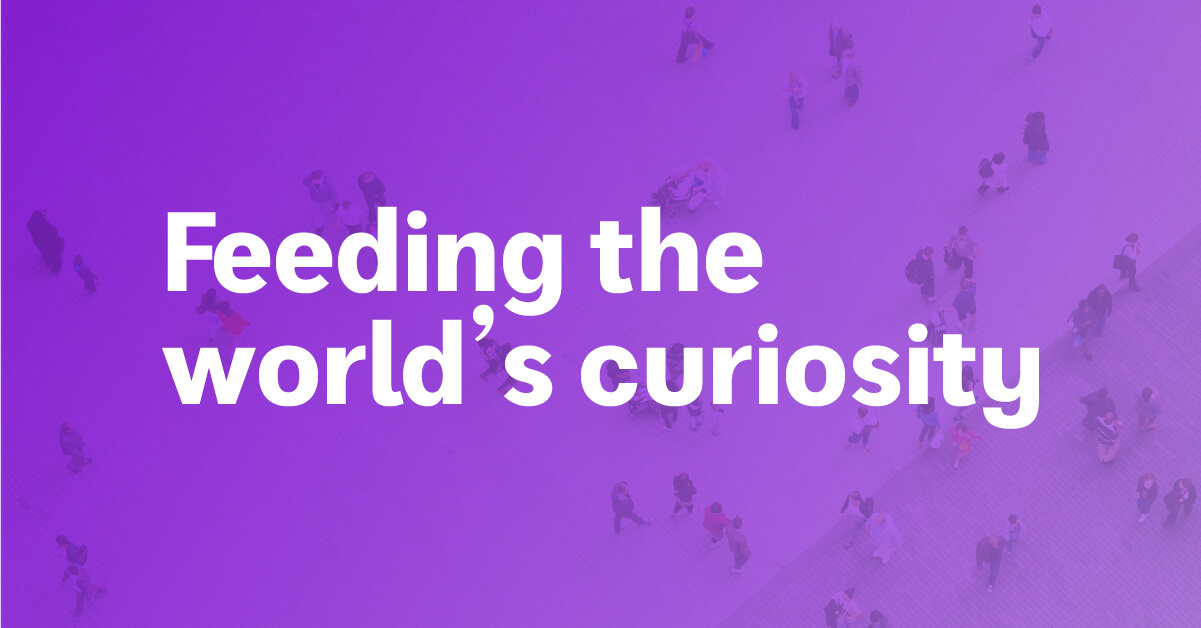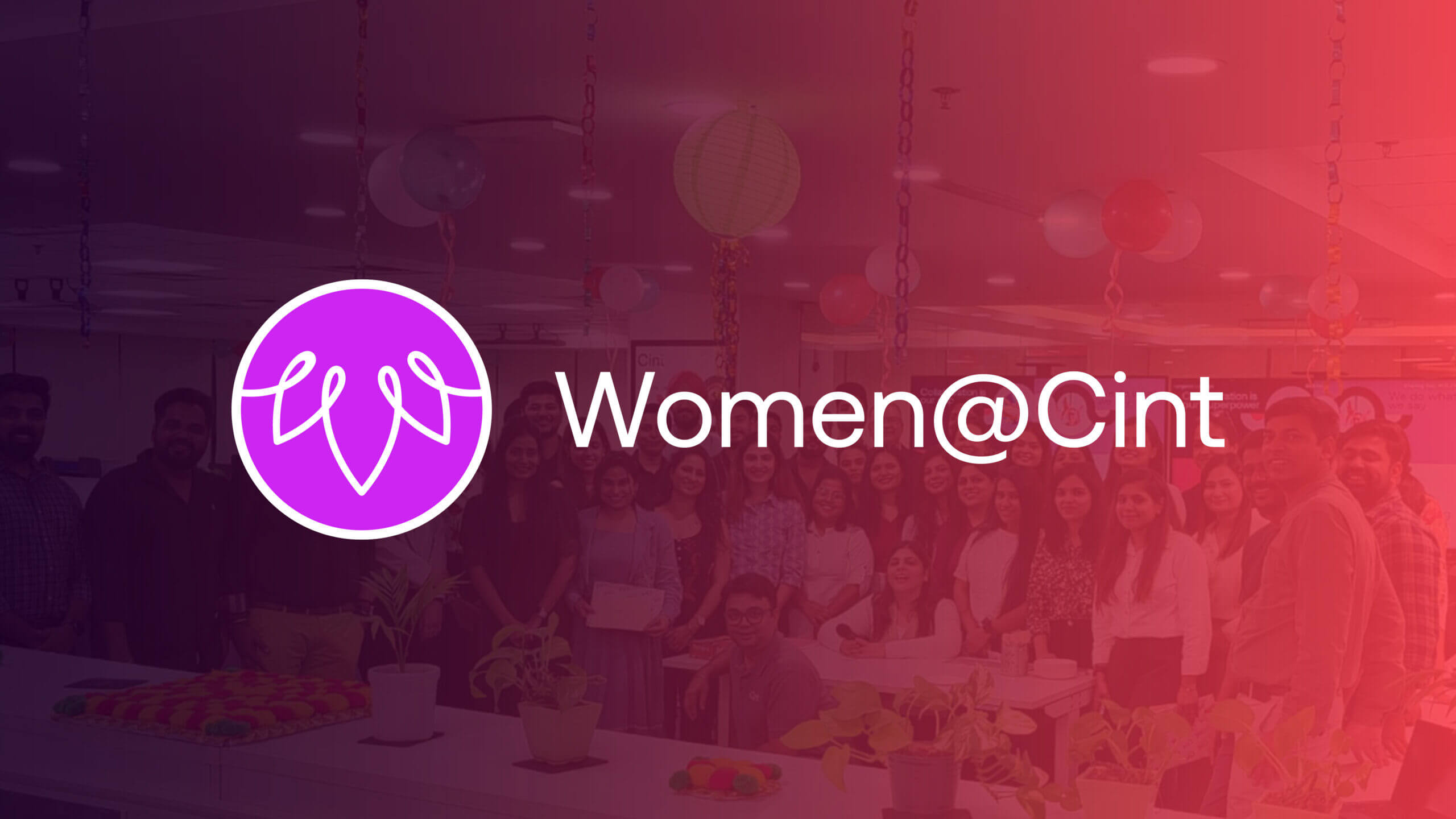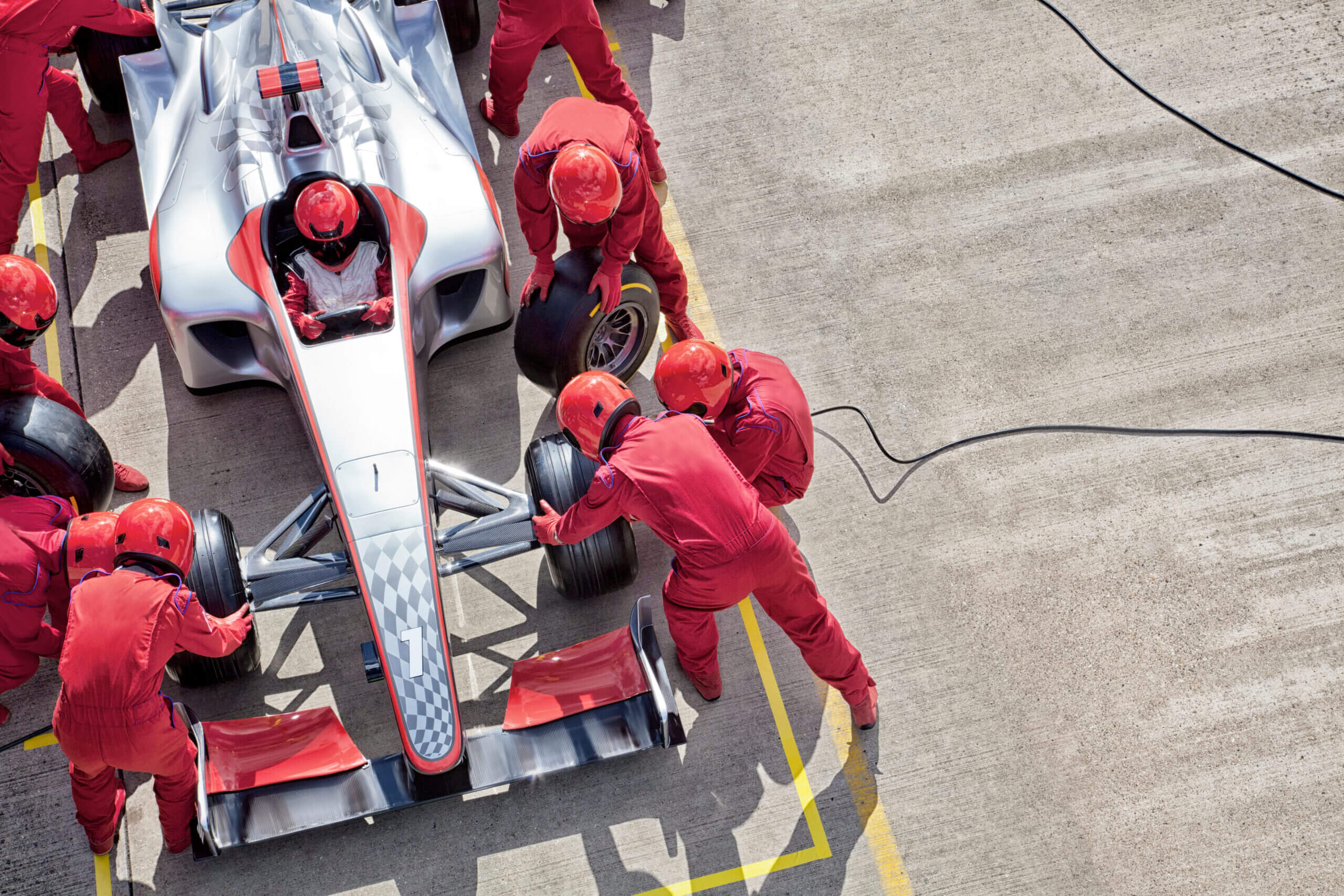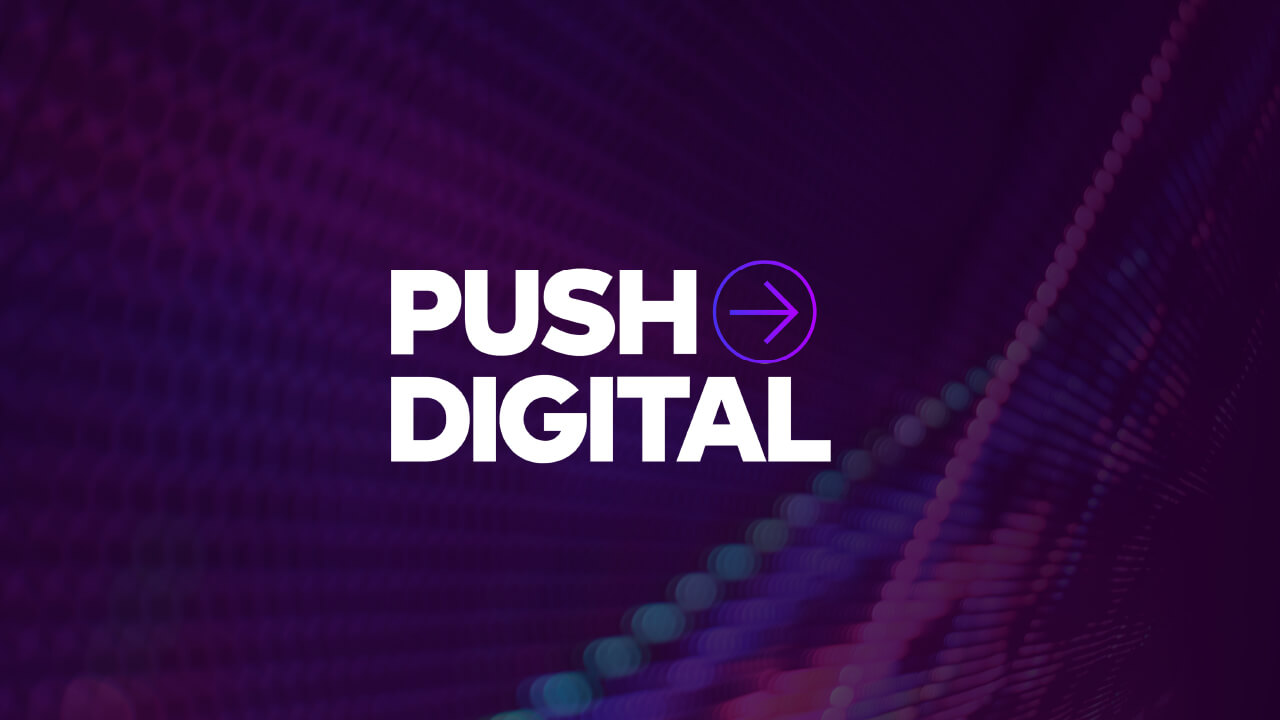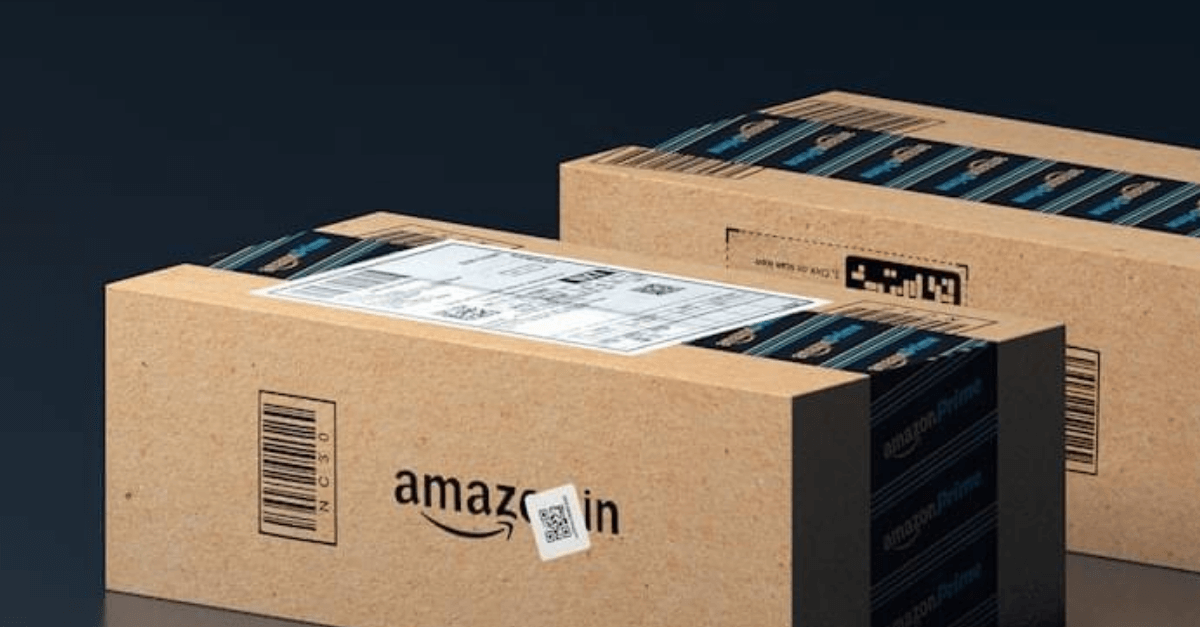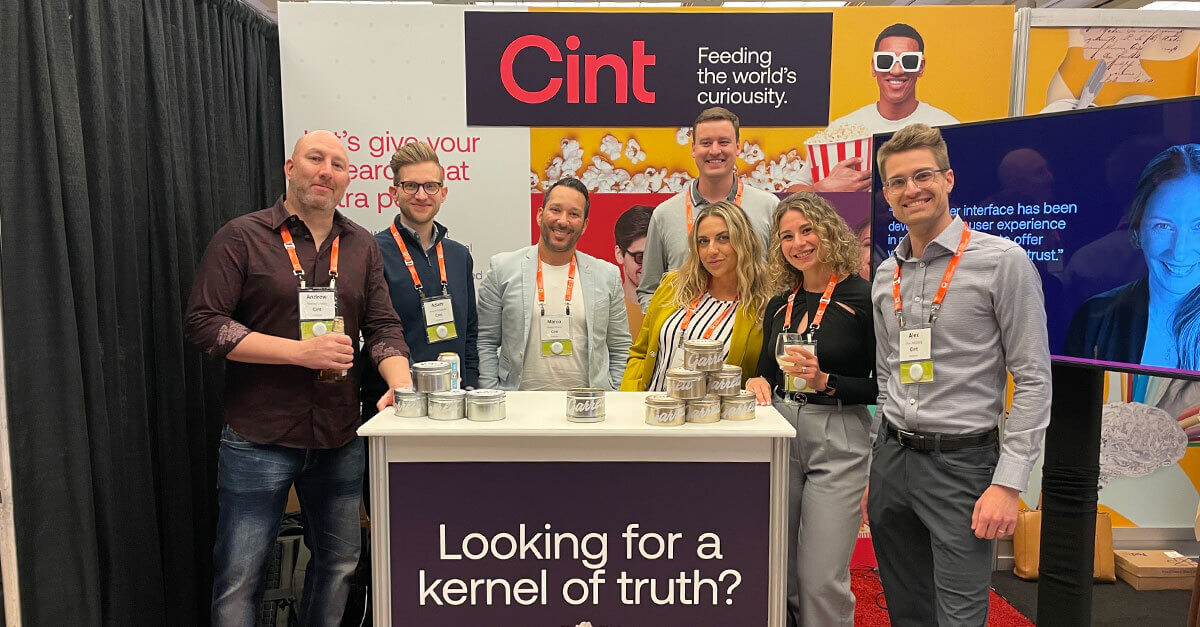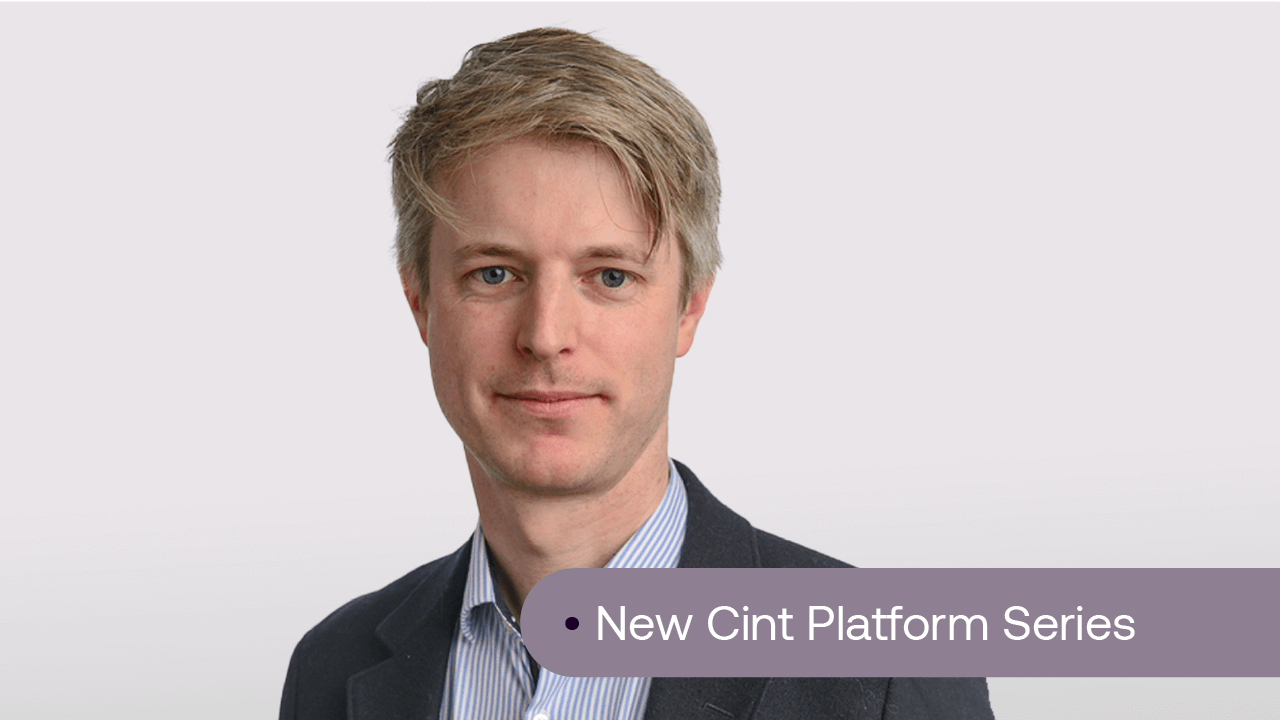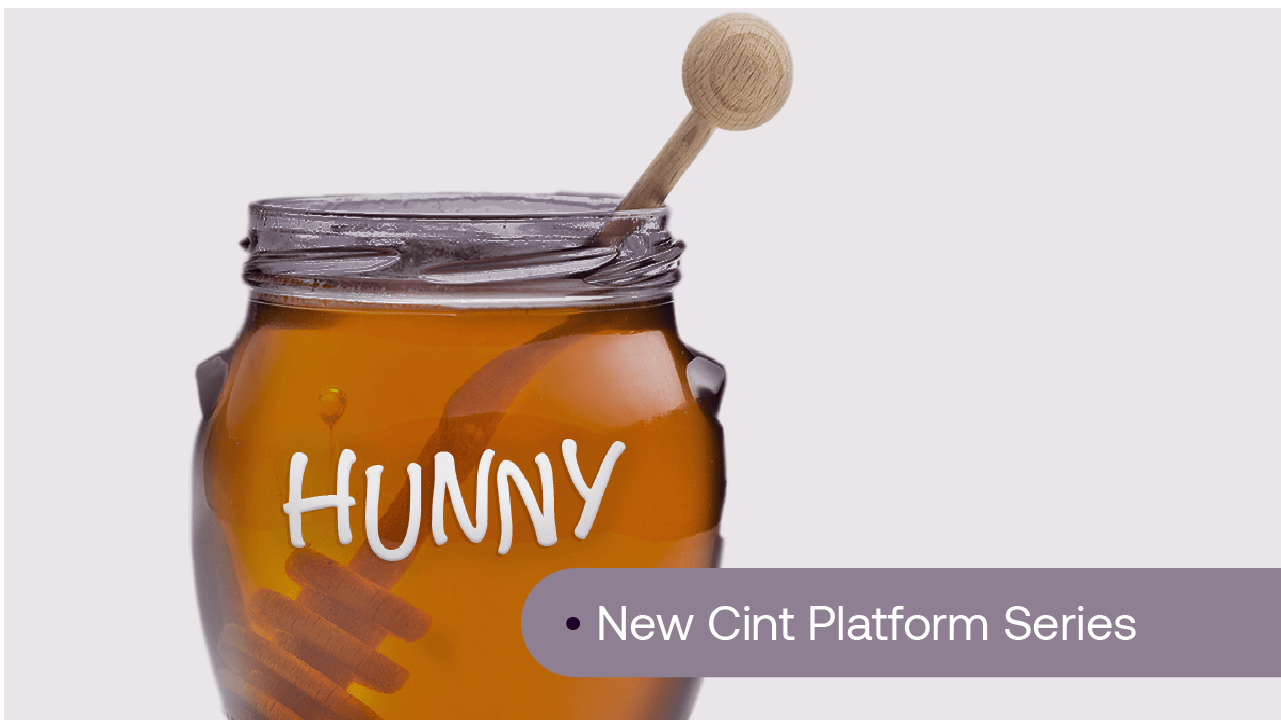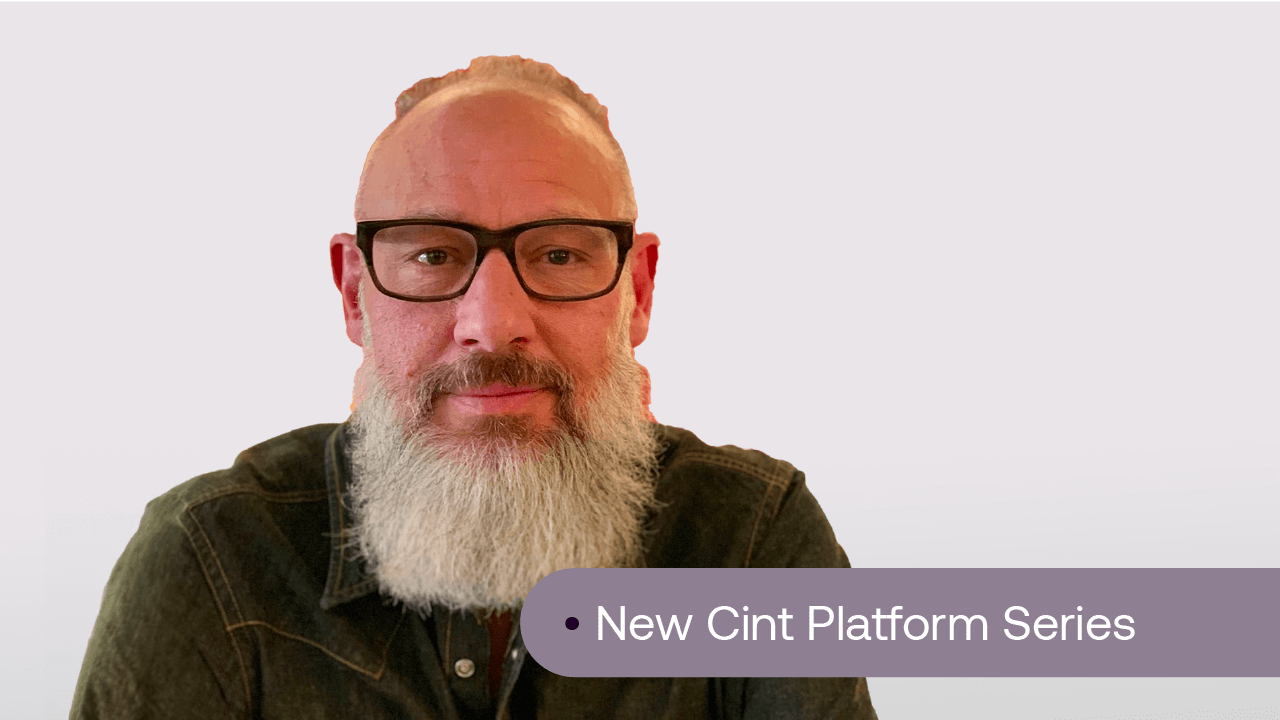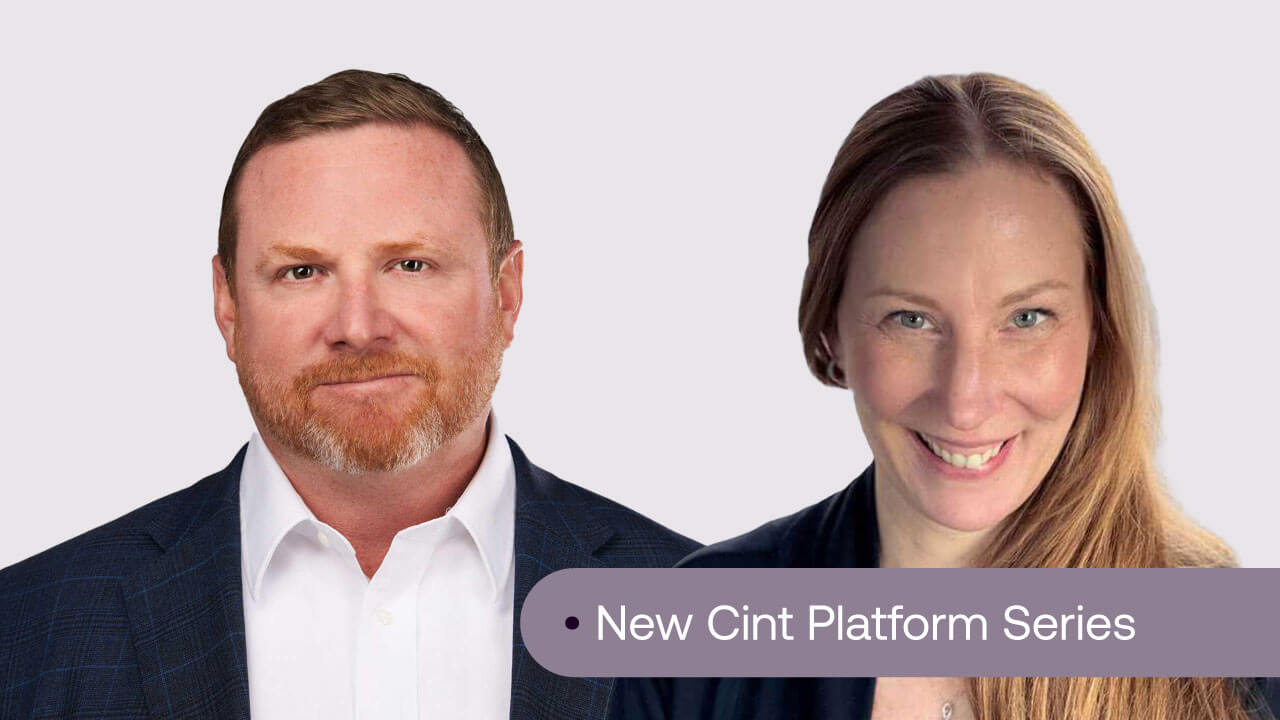Introduction
Research has immense value during periods of total unpredictability.
However, even while under pressure to deliver high-quality, actionable insights at speed, insights professionals across the industry are facing shortages of time and budget.
Everyone is being forced to do more with less and that means being strategic about where and how you spend in order to get the most out of your research.
At Quirk’s London 2025, Ben Hogg, Managing Director, Cint Exchange, sat down with Dr. Nick Baker, Global Chief Research Officer at data, market research and advisory company Savanta, for an engaging and entertaining fireside chat reflecting on how the research industry has responded to past periods of volatility.
During the course of a wide-ranging conversation that took in everything from Mass Observation (the British social research project that collected huge amounts of first-hand information from UK citizens during the Second World War and beyond) to the arrival of big data via artificial intelligence, the pair explored how today’s technological advancements are enabling insights professionals to obtain accurate insights more efficiently, without compromising on time or budget.
Read on to get the lowdown on some choice moments from a thought-provoking fireside chat.
Fools rush in…
In a world where everyone is expected to do more with less, Hogg asked, “how can you ensure that technological experimentation in the research and measurement sectors doesn’t risk potentially alienating customers and negatively altering those relationships?”
Technological adoption is considered through the lens of training, competency, understanding, and comfortability
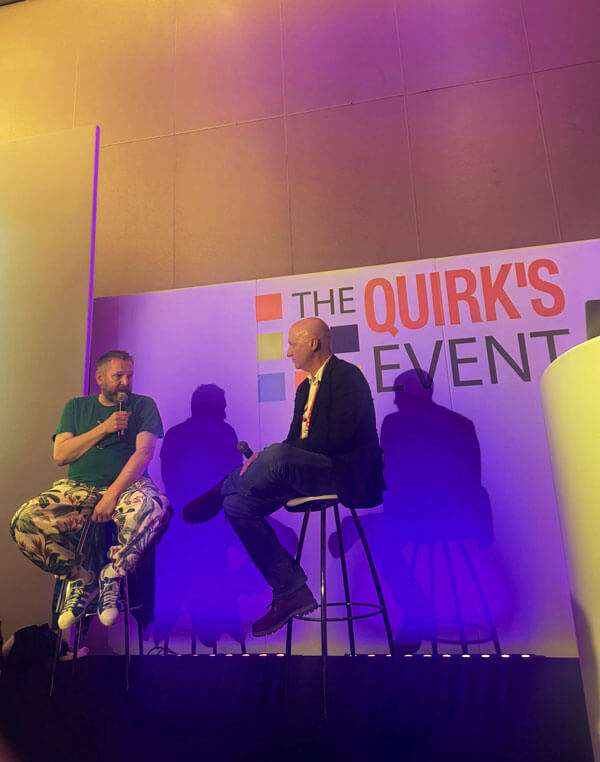
Baker’s advice was simple. “Tread carefully. You can get something that you’re really confident in…but what are the impacts of these new things?”
For Baker, it’s about ensuring that technological adoption is considered through the lens of training, competency, understanding, and comfortability.
“Some people are really comfortable with something new, that they don’t actually know anything about, but they can walk into a room and talk about it,” Baker said. “They might get it right, they might get it wrong. Then when it comes to actually doing it, you’ve got to think about the people who don’t like to do stuff until they fully understand what they’re being asked to do, how the thing works, how it’ll fit with other parts of the process.”
Technology is one thing, ensuring that everyone in the chain feels comfortable with the pace of change is another. The big question is, as Baker put it, “How do we actually create a culture and an ability to embed and use these things?”
Focus on the outcome
For Baker, successfully working with research means focusing on how providing customers or clients with data can allow them to do what they need to do.
Keeping pace with technological shifts in the research and measurement space is hugely important, but what really matters — in Baker’s opinion at least— is the end product.
“The job is to understand, first of all, what are you doing for your client? We sit a long way back in the value chain, and the purpose of what we do is to help other people make better decisions,” said Baker. “Research doesn’t matter unless it actually gets used to do something. The process is not what’s important.”
“The job is to understand, first of all, what are you doing for your client? We sit a long way back in the value chain, and the purpose of what we do is to help other people make better decisions, Research doesn’t matter unless it actually gets used to do something. The process is not what’s important.”

Dr. Nick Baker
Global Chief Research Officer, Savanta
This sentiment was echoed across Quirks, where case studies from brands like McDonald’s, Nestlé, and Lloyds Banking Group demonstrated how AI-driven insights are reducing time-to-decision by up to 60%.
Listening is learning
During these moments of flux, everyone is feeling the strain. But, while focused on meeting your own deliverables with less resources to do so; it can be all too easy to forget that a problem halved is often a problem shared.
Baker offered a simple solution: listen to everyone you work with, and try to understand how each of you contribute to your organization’s aims and objectives.
“You’ve got to help people actually understand what their role within the process is and how, together, they can achieve that end goal. That’s about getting people to listen to each other and respect the various different capabilities and skill sets people have,” said Baker.
“Actually look at how things are working within your organization. Spend time actually asking people that do stuff and ask what are their frustrations, which bits of the process within our organization don’t work, why don’t they work, how might we make them work?”




